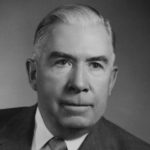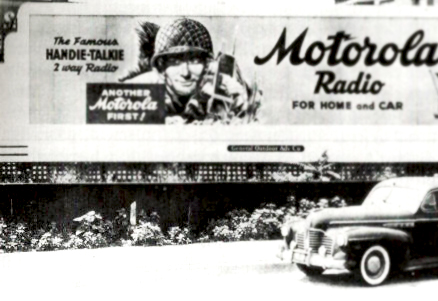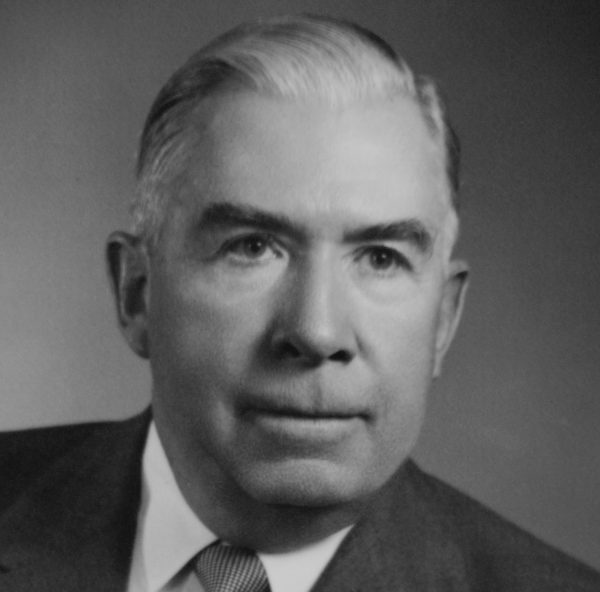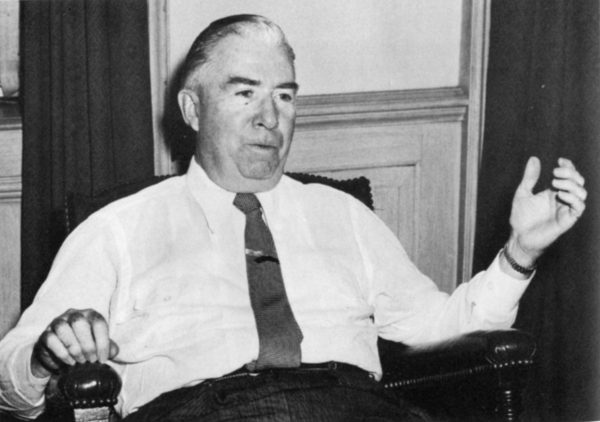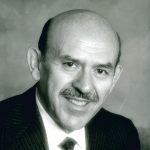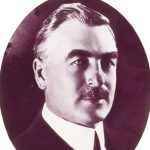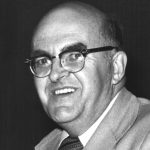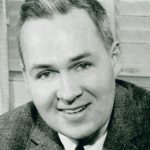Paul Galvin took two staples of 20th century American culture and married them into one inseparable, harmonious package. Like many great entrepreneurs synonymous with one product, Galvin did not invent the car radio, but instead realized and eventually capitalized on the viability of the emerging trend. Along with his brother Joseph and William Lear (later known for his aviation company Learjet), Galvin made the car radio as important to driving as the steering wheel.
Born in Harvard, Illinois in June of 1895, Galvin worked as a clerk for the Harvard railroad roundhouse to save money for college. He attended the University of Illinois for two years before returning to Harvard to earn more money at the railroad roundhouse. Galvin moved to Chicago to find better work, but when World War I broke out, he enrolled in an officer’s training program and served in an artillery unit on the front lines of France.
When the war ended in 1919, Galvin returned to Chicago where he was convinced by a childhood friend to invest in a Wisconsin battery business. Unfortunately, by 1923, the business completely flopped, and Galvin, along with his wife and infant son, headed back to Chicago.
After a few more dead-end jobs, Galvin found success selling one of his battery ideas to Sears. In 1928, he had enough capital to start the new Galvin Manufacturing Corporation with his brother Joseph. With five employees and half of one floor in a warehouse, Galvin saw promise in the home radio market and began selling radio parts as well as batteries.
In 1929, the US stock market crashed and the economy was at an all-time low. Families were no longer interested in buying non-essentials like radios, but Galvin noticed that car sales remained steady. People still needed their cars, and he wondered how he could capitalize on that. Galvin knew he needed to develop a practical and affordable car-radio before the great depression took his business.
After months of trial and error, the team mounted their finished product in Galvin’s Studebaker and drove 815 miles from Chicago to New Jersey, blasting the radio the whole way. When the team arrived at the base of the Atlantic City pier, where the 1930 Radio Manufacturers Association Convention was being held, they parked the car and turned the radio up. The ensuing crowd led to multiple orders for Galvin’s car radio, and the team headed back to Chicago ready to work. They called their product, and their new company, Motorola.
In the mid-1930s, Galvin introduced two new Motorola models that were very lucrative. He was able to secure an ad in the Saturday Evening Post, which proved successful for marketing. In 1941, at the dawn of the Second World War, Galvin was asked to develop a two-way radio, which he called “Handie-Talkie” for the U.S. Army.
After the war, Galvin got Motorola more involved in the home entertainment industry, selling televisions and radio sets. By the 1950s, Motorola had grown into a major entertainment company. In 1956, Galvin decided to take a step back from his work. He appointed his son, Bob as president of the company, but Galvin remained Chairman of the Board. In 1959, Paul Galvin passed away.
